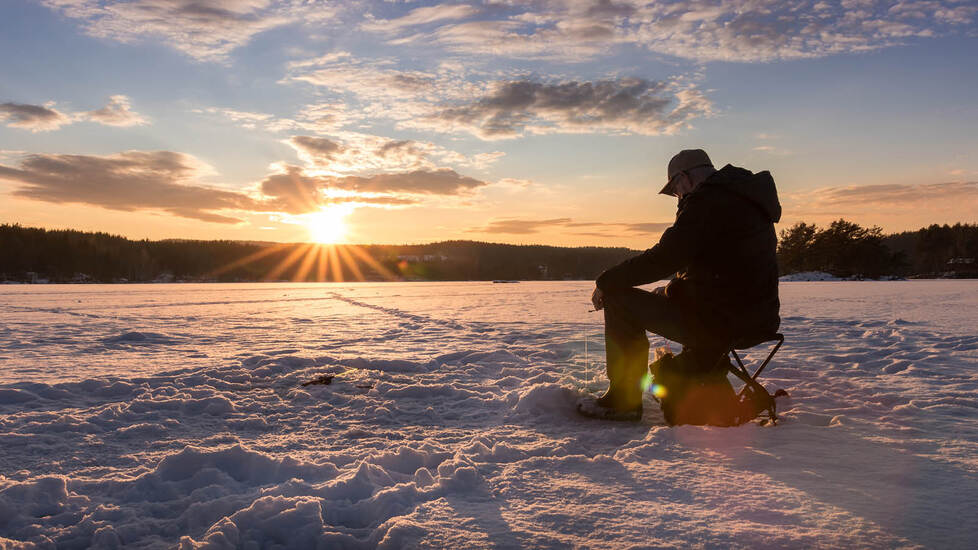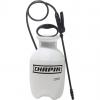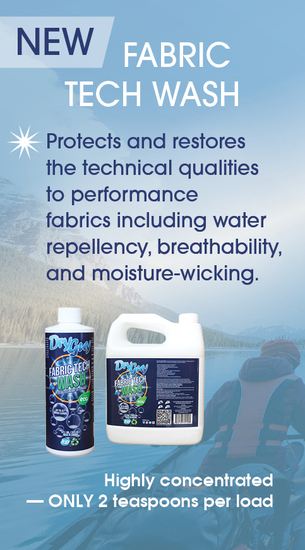Most people think ice fisherman are crazy for wanting to go out on a frozen block of ice in below freezing temperatures but if you learn how to layer your clothing you can be very comfortable on the ice. I own a shanty now but when I was a bucket fisherman I learned a couple of tips to keep me warm on the ice.
The first thing an angler always has to remember is to keep their back to the wind while fishing on a bucket. If you follow this tip, the wind will bounce off of your back instead of having a chance to work its way into your clothing. Once the wind penetrates your clothing, you will go from being warm to cold almost instantly.
The second piece of the puzzle is to make sure all parts of your body are covered. I used to always fish with my back to the wind but didn't have any bibs. As I bent down, the wind would rush up my back. I would try to keep everything tucked in but the wind eventually found a way in. I decided to invest in a pair of bibs to wear over my warm clothing. That change has made all the difference in the world. I could sit out on the ice all day long and not get cold.
Keeping the wind out is important but you will be running back to the car if you don't have a warm hat and a good pair of boots and wool socks. I own a pair of Iceman boots but any boot that is waterproof and has some thick insulation will work fine on the ice. I like a wool sock that is medium in thickness compared to the heavy duty variety some anglers prefer. I like to have a little wiggle room in my boot so if I feel my foot getting cold, I can move it around to warm it up.
When it comes to hats, I like to wear two different types while on the ice. I like to wear a hat with insulated ear flaps and then a regular stocking hat over top of it. I have worn both styles by themselves but find that wearing them alone doesn't keep me warm enough. The stocking cap helps hold the ear flaps down on the other hat and doubles the amount of insulation on your head.
The last thing to remember on the ice is to try to stay as dry as possible. I used to have a tendency to try to kick the slush away from a newly drilled hole as quickly as possible. In the process, I would kick slush all over my pants and not notice it until they were frozen solid an hour later. Make sure you are also careful when scooping out ice from a newly drilled hole. If you put the water above your hole instead of off to the side, it seems to find its way back to freeze your boots. It is also a good idea to have two pairs of gloves with you on the ice. I usually freeze a pair by dropping them on the ice when the action picks up and then forgetting about them until I make my walk back. It is not fun trying to walk back with a pair of frozen gloves on.



















Comments